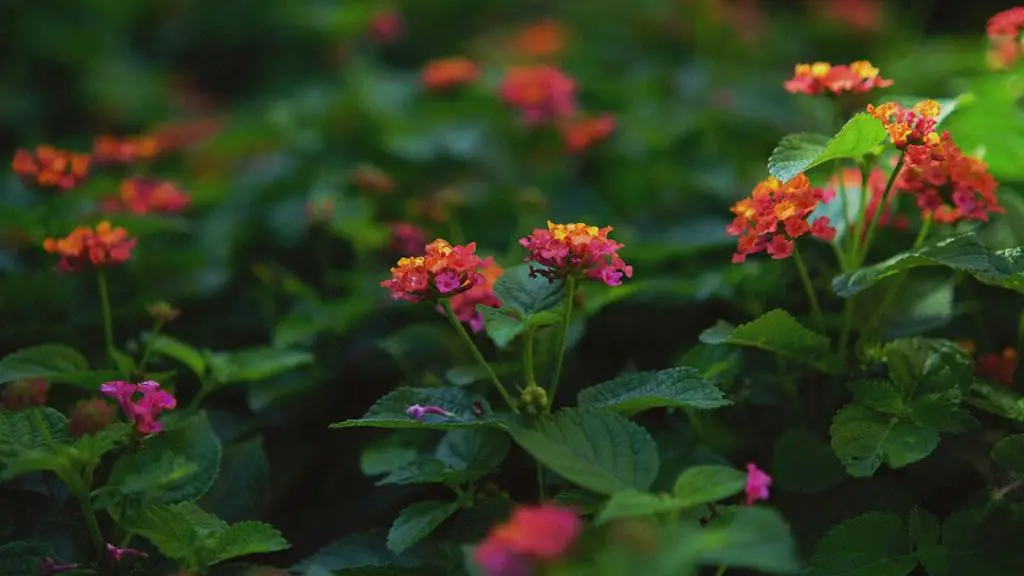When it comes to the beloved and vibrant lantana plant, the classification of whether it is an annual or perennial can sometimes be a bit confusing. Let’s delve deeper into the characteristics of the common lantana (Lantana camara) to understand its growing habits and lifecycles.
Common lantana is described as a small perennial shrub that produces beautiful yellow, orange, or red flowers. The plant is known for its fast growth and profuse blooming, making it a popular choice among gardeners for adding a splash of color to their outdoor spaces.
However, despite its perennial nature, common lantana is often treated as an annual in certain regions, including areas where winters can be harsh. In regions where the climate is not conducive to year-round growth, lantana is best treated as an annual due to its sensitivity to cold temperatures.
For gardeners in colder climates, lantana may not survive the winter months and will need to be replanted each year. This practice of treating lantana as an annual ensures that the plant can thrive and bloom consistently without being hindered by harsh weather conditions.
On the other hand, in regions with milder climates and longer growing seasons, lantana can behave as a perennial, coming back year after year and gracing the garden with its colorful flowers. In these regions, lantana can establish itself more firmly in the landscape and provide a steady source of beauty.
One of the reasons why common lantana is often treated as an annual in certain areas is its tendency to be sensitive to frost. Frost can damage the plant’s tender foliage and stems, leading to dieback and potential death of the plant if exposed to freezing temperatures for an extended period.
Despite its sensitivity to cold, lantana is a hardy plant that can bounce back from some frost damage if given proper care and attention. Gardeners can help protect their lantana plants from frost by providing adequate mulch, covering them during cold snaps, and ensuring proper drainage to prevent waterlogged soil.
Another factor that influences whether lantana is considered an annual or perennial is its ability to self-seed in some regions. In areas where lantana plants produce viable seeds that can germinate and grow on their own, the plant may exhibit more perennial-like behavior as new growth emerges each year.
Ultimately, whether lantana is classified as an annual or perennial can vary depending on the specific growing conditions and climate of the region. Gardeners should consider their local climate and the unique needs of lantana plants to determine the best approach for cultivating these colorful beauties in their outdoor spaces.
In conclusion, while common lantana is technically a perennial shrub, it is often treated as an annual in colder regions due to its sensitivity to frost and cold temperatures. In warmer climates with longer growing seasons, lantana can behave more like a perennial, coming back year after year and brightening up the landscape with its vibrant blooms.

